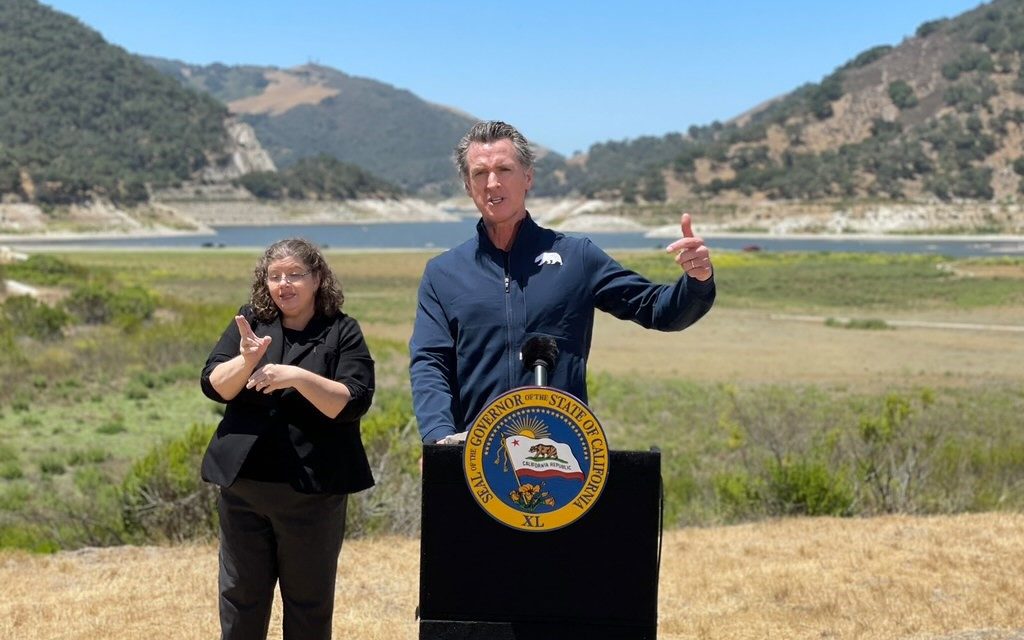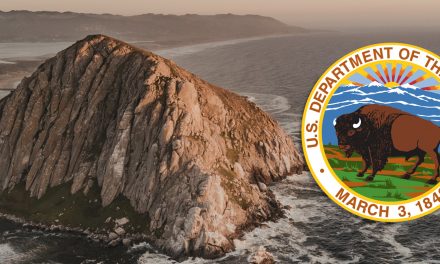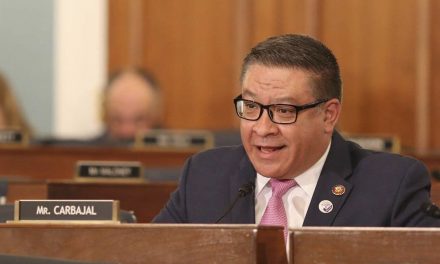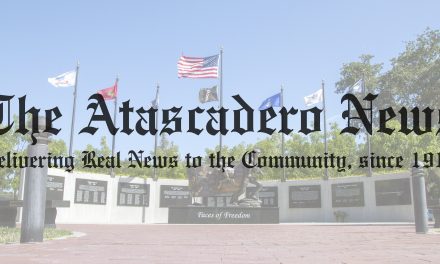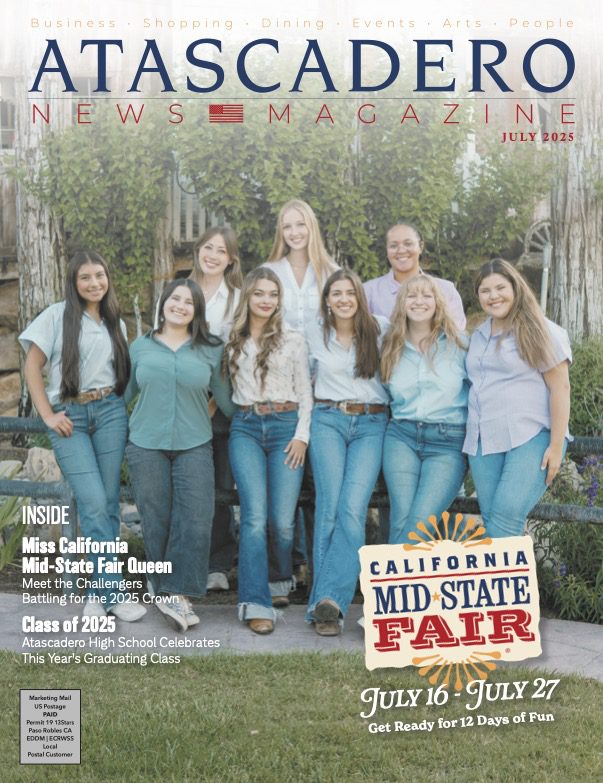Newsom visits Lopez Lake to discuss the State’s emergency response
SAN LUIS OBISPO COUNTY — Governor Gavin Newsom visited Lopez Lake in San Luis Obispo County to discuss the State’s emergency response, preparations for a potential third dry year, and proposed investments to address immediate needs and build long-term water resilience.
SLO County Supervisor and Chairperson Lynn Compton mentioned that the area has been in a drought for several years. Given agriculture a large part of SLO County’s economy, the drought poses a significant threat.
Lopez Lake is currently at 30 percent capacity, Nascimento Lake is at 20 percent, and Santa Margarita Lake is at 64 percent capacity due to back-to-back droughts. Compton said during the Jun. 13 County Supervisors meeting. The county will discuss passing a drought proclamation.
Wayde Crowfoot, California’s Secretary for Natural Resources, stated that 41 counties have declared proclamations of emergency for droughts. The first drought proclamation was declared in April.
The agency is closely monitoring California’s drought conditions.
While at Lopez Lake, Gov. Newsom signed another emergency proclamation for nine more counties declaring a drought emergency. These include San Luis Obispo, Inyo, Marin, Mono, Monterey, San Mateo, Santa Barbara, Santa Clara, and Santa Cruz. This makes 50 out of 58 California counties declaring a drought emergency.
Forty-two percent of California’s population lives in one of the counties affected by the drought.
“We are encouraging people to do common sense things,” said Newsom.
The Governor stressed this executive order is not meant to be oppressive and is voluntary.
The water conservation executive order applies to residential, commercial industries, and agriculture.
The State is committing a 5.1 billion dollar budget specific to drought. The budget will go towards long-term water infrastructure and emergency opportunities.
Newsom also signed an executive order which lays out the framework to encourage voluntary water conservation efforts.
Part of the budget will go towards creating more water data.
One reporter mentioned incentive bills for affordable housing signed by Newsom along with the need for water supply. She asked the Governor how cities can handle the two competing demands.
Newsom responded with, “While they may be competing, I don’t see them particularly challenging in the context of the aggregate totality in terms of water supply in the State of California. Remember that the vast majority of water consumption is natural as well as agricultural use. Not residential use.”
The Governor has asked Californians to voluntarily reduce water usage by 15 percent, and most agriculture wells do not have water meters to track their usage.
Newsom said a large part of the budget will be towards data and hinted the State is “putting resources into that space,” which includes how the State will get the currently unavailable data.
According to a statement released by the Governor, the extraordinarily warm temperatures in April and early May separate this critically dry year from all others on California record.
California experienced an accelerated rate of snowmelt in the Sacramento, Feather, and American River watersheds, which feed the major reservoirs of the state and federal water projects. This was exacerbated when much of the snowpack, sitting on very dry ground, seeped into the earth rather than flowing into our rivers and streams and into these reservoirs.
Warming temperatures also prompted water diverters below the dams to withdraw their water much earlier and in greater volumes than typical, even in other recent critically dry years. These factors reduced expected water supplies by more than 500,000-acre-feet, enough to supply up to one million households with water for a year. The drastic reduction in water supplies means these reservoirs are extremely low for water users, including farmers and fish and wildlife in the counties the drought proclamation covers.
The Governor’s proclamation directs the State Water Board to consider modifying requirements for reservoir releases and diversion limitations to conserve water upstream later in the year to maintain water supply, improve water quality and protect cold water pools for salmon and steelhead. The State of emergency also enables flexibilities in regulatory requirements and procurement processes to mitigate drought impacts and directs state water officials to expedite the review and processing of voluntary transfers of water from one water right holder to another, enabling available water to flow where it is needed most.
More information on water conservation in California can be found at saveourwater.com.

